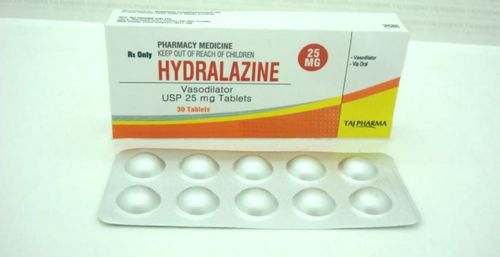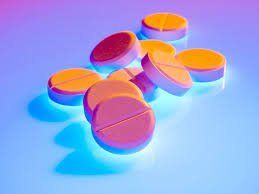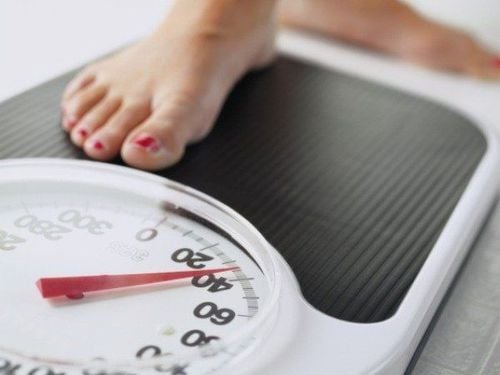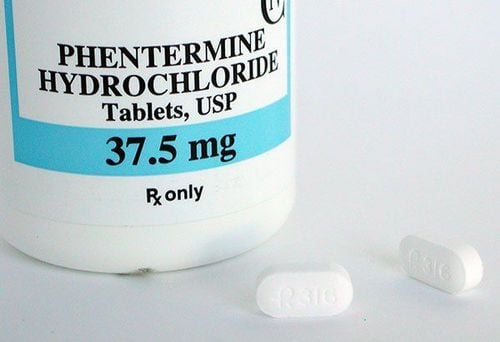This is an automatically translated article.
The circulatory system is responsible for carrying blood, oxygen, and nutrients throughout the body. When blood flow to a certain part of the body is reduced, it affects the ability of that part to function. Poor blood circulation is common in the legs and arms with manifestations such as numbness, itching, cramps, etc. Improving blood circulation in the body plays an important role in maintaining a healthy body. strong.1. Why is it necessary to have a good blood circulation method?
It's hard to believe, but in fact the total length of the blood vessels in your body is about 60,000 miles, or about 96,560km. Together with the heart they make up your circulatory system. This network of tubes carries blood to every nook and cranny of your body.But when your circulation is poor, it slows down or blocks blood flow. That means the cells in your body can't get all the oxygen and nutrients they need to function properly.
Therefore, when there are signs of poor blood circulation in the body, you need to find a way to improve blood circulation.
2. Signs of poor blood circulation
When your limbs can't get enough blood, your hands or feet may feel cold or numb. If you are light skinned, you may notice that your legs are blue. Poor blood circulation can also dry out the skin, brittle nails and cause hair loss, especially on the feet and legs.Some men may have difficulty getting an erection or keeping an erection. And if you have diabetes, your scrapes, sores, or wounds tend to heal more slowly.
3. Ways to help improve blood circulation in the body
3.1. Quit Smoking Nicotine is the main active ingredient in cigarettes, e-cigarettes, and smokeless tobacco. It damages the walls of your arteries and causes your blood to thicken, making it harder for blood to flow. If you are a smoker, quit. This can be difficult to do, but your doctor can make it easier for you to do this.
Nicotin trong thuốc lá gây hại cho thành động mạch của bạn và làm cho máu của bạn đặc lại
Have your doctor check your blood pressure at least once a month. You can buy a home blood pressure monitor or use one at the drugstore.
3.3. Drink enough water About half of blood is water. So you need to stay hydrated to keep your blood circulating well. Aim to drink 8 cups of water (240ml each) per day. You'll need to drink more if you're exercising or in hot weather, as these conditions cause your body to sweat more.
3.4. Standing at your desk Sitting for hours on end is not good for your circulation or your back. It weakens leg muscles and slows blood flow in the legs and can cause blood clots.
If you are a desk person at work, consider a standing desk. It may take some getting used to, but standing up will help the valves in your leg veins work better to return blood to your heart.
3.5. Yoga is a low impact exercise that can kickstart your blood flow. When you move, it carries oxygen to your cells. When you twist, it sends blood to your organs. And the upside down position transfers blood from the lower half of the body to the heart and brain.
3.6. Legs up against the wall When your ankles or feet swell, try the leg up wall yoga pose, also known as viparita karani, which is an easy way to get your blood flowing in the other direction.
How to do the leg up wall pose in yoga is as follows: you lie on the floor or on a yoga mat, with your left or right shoulder close to the wall. Turn so you can put your feet up and touch your butt to the wall. Extend your arms on the floor with palms facing down for balance.
3.7. Exercise When you walk, run, bike, swim, or do similar exercises, you take in more oxygen and deliver it to your muscles. This helps your blood circulate better, makes your heart stronger, and lowers your blood pressure.

Khi bạn đi bộ, chạy, đạp xe, bơi lội hoặc thực hiện các bài tập tương tự, bạn sẽ hấp thụ nhiều oxy hơn và chuyển nó đến các cơ của bạn
3.8. Cop A Squat This form of strength training not only gets your blood pumped better, but it also lowers blood sugar and helps relieve back pain.
Start with your feet shoulder-width apart and your arms at your sides. Now slowly bend at your hips and knees, but keep your back straight, like you're sitting in a chair. As you return to the starting position, bend your arms for balance.
3.9. Use compression stockings on your feet Compression socks give your feet a little pressure so the blood doesn't stay for too long. Instead, the blood moves back to your heart more quickly. Ask your doctor about what length of socks and amount of pressure is best for you.
3.10. Brush your body, not just your hair Brushing your body in the right direction will aid in better blood circulation. Take a body brush with stiff, flat bristles and swipe over your dry skin.
Start brushing from the legs and work up, using long movements on the legs and arms. Make circles on your stomach and lower back. Dry brushing also helps to remove dead dry skin. Do this daily, right before you shower, and you will be amazed at how effective this simple remedy can be.
3.11. Bathing or soaking in warm water It's a temporary fix for poor circulation, but bathing is a great way to kickstart your circulation. Warm water causes your arteries and veins to open a little wider, allowing more blood to pass through.
3.12. Diet A healthy diet is one of the ways to optimize blood flow. Combined with exercise, hydration, weight management, and not smoking, certain foods can help improve circulation.
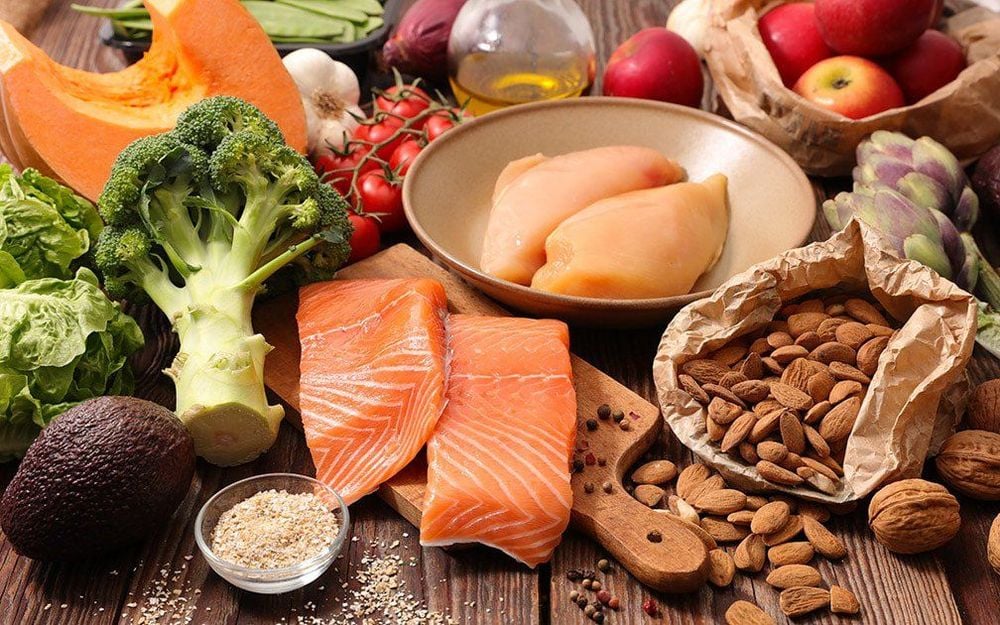
Chế độ ăn uống lành mạnh là một trong những cách để tối ưu hóa lưu lượng máu
Some foods are good for blood circulation in the body such as:
Cayenne pepper: This bright red pepper is not only a spice to your dishes, but cayenne pepper can help your arteries work properly thanks to a compound called capsaicin. It can also help relax the muscles in your blood vessels so blood can flow more easily. And that's good for your blood pressure, too. Radishes: This root vegetable is rich in nitrates, which your body can convert into nitric oxide. Nitric oxide helps loosen your blood vessels naturally and improves blood flow to your tissues and organs. Researchers have found that beetroot juice can also lower your systolic blood pressure. Berries: They are rich in antioxidants, including one especially good for your blood vessels called anthocyanin. This compound gives the red and purple hues of this fruit its intense color. Anthocyanins can help protect artery walls from damage and keep them from hardening. Plus, anthocyanins promote the release of nitric oxide, which helps lower your blood pressure. Fatty Fish: If you've always wondered why fish is good for your heart, here's one reason. Fatty fish like salmon, mackerel, herring, and halibut are full of omega-3 fatty acids. Studies show that these compounds are great for your circulation. Eating fish not only lowers resting blood pressure; it can also help keep your arteries clear and unclogged. Pomegranate: The small, succulent red seeds inside a pomegranate are packed with nutrients, especially antioxidants and nitrates. These can boost your circulation. And they dilate your blood vessels and lower your blood pressure. That means more oxygen and nutrients are delivered to your muscles and other tissues. And for active people, greater blood flow can also boost performance. Garlic: Garlic has many health benefits, more than avoiding evil spirits. It contains a sulfur compound called allicin that helps your blood vessels relax. Studies show that people who eat a diet high in garlic have more efficient blood circulation. That means the heart doesn't have to work as hard to move blood around your body, helping to lower your blood pressure.
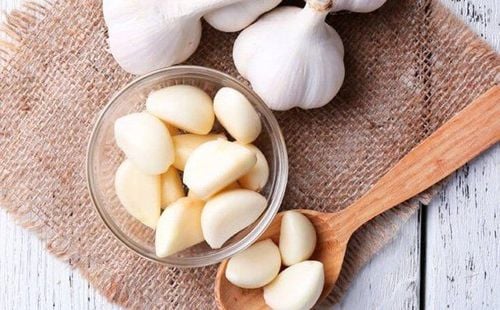
Các nghiên cứu cho thấy những người ăn chế độ ăn nhiều tỏi, máu lưu thông hiệu quả hơn
Please dial HOTLINE for more information or register for an appointment HERE. Download MyVinmec app to make appointments faster and to manage your bookings easily.
Reference sources: webmd.com, healthline.com



